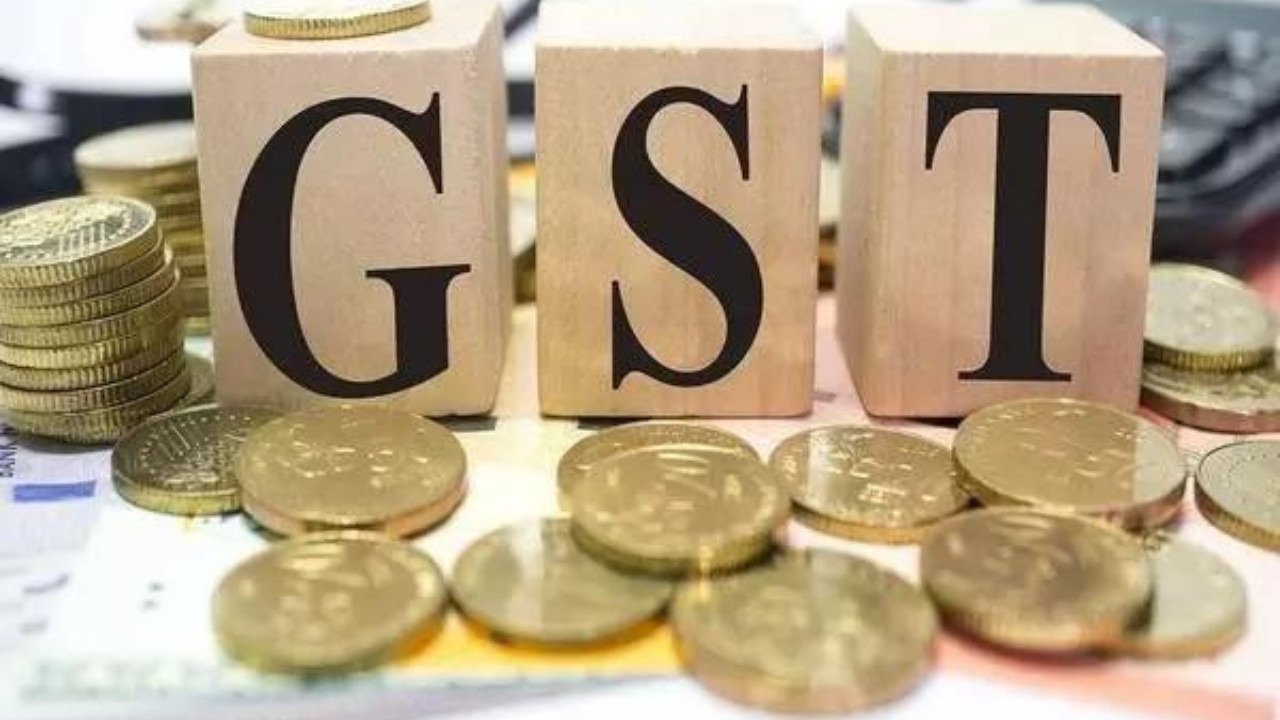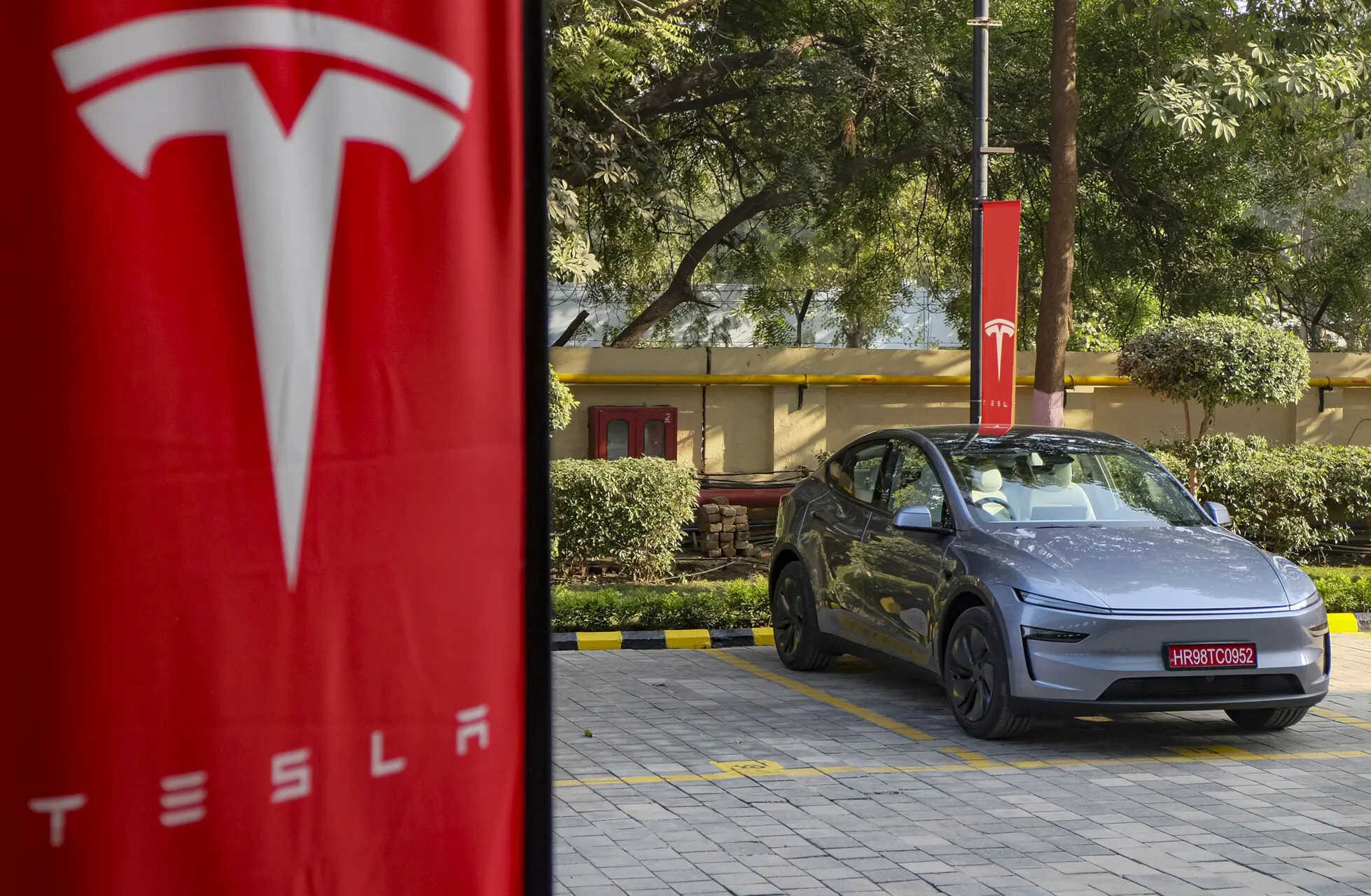The Festive Fizz Fades: Are GST Expectations Dampening Retail Cheer?
Diwali lights are twinkling, wedding bells are practically ringing, and yet… a strange hush seems to have fallen over the retail landscape. While traditionally this time of year sees shoppers gleefully emptying their wallets, a recent slowdown suggests something’s afoot. It appears many consumers are holding back, and a big reason why might be the whispered promise of GST price cuts.
This isn’t just about a slight dip; reports suggest a noticeable impact on sales across various sectors. From electronics and appliances to consumer durables and even some fashion categories, the usual festive fervor feels muted. It’s like everyone is collectively holding their breath, poised to pounce on deals that might materialize.
Why the Wait? The GST Price Cut Promise
The Goods and Services Tax (GST) is a comprehensive, multi-stage, destination-based tax levied on every value addition. Periodically, the GST Council reviews rates and makes adjustments, and there’s been increasing speculation about potential reductions on certain goods in the near future. The buzz is that the Council might be considering easing the tax burden on specific consumer items to stimulate demand and boost economic growth.

This anticipation, while generally positive for the long-term economy, has created a temporary standstill in the retail market. Why buy that new television now if it could be significantly cheaper next month? The logic is understandable, and it’s precisely this “wait-and-see” approach that’s contributing to the current slowdown.
Sectors Feeling the Pinch
The impact isn’t uniform. While some retailers are still managing decent sales, others are feeling the pinch more acutely. High-value items, like large appliances and electronics, are particularly vulnerable. These purchases often represent a significant investment, making consumers more sensitive to potential price fluctuations. Imagine planning to buy a new refrigerator and then hearing whispers of a potential 5% reduction in GST – you’d probably hold off, wouldn’t you?
Even smaller discretionary purchases are affected. Clothing retailers, for example, are reporting a slight dip in foot traffic as shoppers prioritize essential spending and delay non-essential purchases. It’s a trickle-down effect, with uncertainty at the top influencing spending habits all the way down the line. This is creating issues for small businesses and big brands alike.
Beyond GST: Other Contributing Factors
Of course, GST price cuts aren’t the only factor influencing consumer behavior. Broader economic trends also play a role. Inflation, although gradually easing, still lingers, impacting purchasing power. High interest rates on loans are also making big-ticket purchases less attractive.
Moreover, shifting consumer preferences are always in play. Online shopping continues to gain traction, further fragmenting the retail landscape. Consumers now have more choices than ever, and they’re increasingly discerning about where and how they spend their money. See our recent post about [online shopping trends](link-to-related-article).
Navigating the Uncertainty: What Retailers Can Do
So, what can retailers do to weather this temporary storm? Agility and adaptability are key. Here are a few strategies:
* Promotional Offers: Creative discounts and bundled deals can entice hesitant shoppers. Highlight value and offer immediate gratification to counter the allure of potential future price cuts.
* Loyalty Programs: Strengthen relationships with existing customers. Reward loyalty and encourage repeat purchases.
* Enhance the Shopping Experience: Focus on providing exceptional customer service and creating a memorable in-store or online experience. Make shopping an enjoyable activity, not just a transaction.
* Transparency and Communication: Stay informed about potential GST changes and communicate openly with customers. Build trust by being upfront about pricing and potential savings.
The Road Ahead: A Temporary Hiccup or a Sign of Change?
The current slowdown is likely a temporary phenomenon driven by anticipation of the GST price cuts. Once the GST Council makes its decision, the market will likely stabilize. If rates are reduced, we can expect a surge in demand as consumers finally release their pent-up purchasing power. If not, the uncertainty will dissipate, and shoppers will adapt to the existing price levels.
The real question is whether this episode signals a broader shift in consumer behavior. Are shoppers becoming more price-conscious and strategic in their purchasing decisions? Are they more willing to wait for deals and discounts? The answers to these questions will shape the future of the retail industry. While the festive lights may be a bit dimmer this year, the retail landscape is far from dark. It’s simply evolving, adapting to the changing needs and expectations of today’s savvy consumers.







